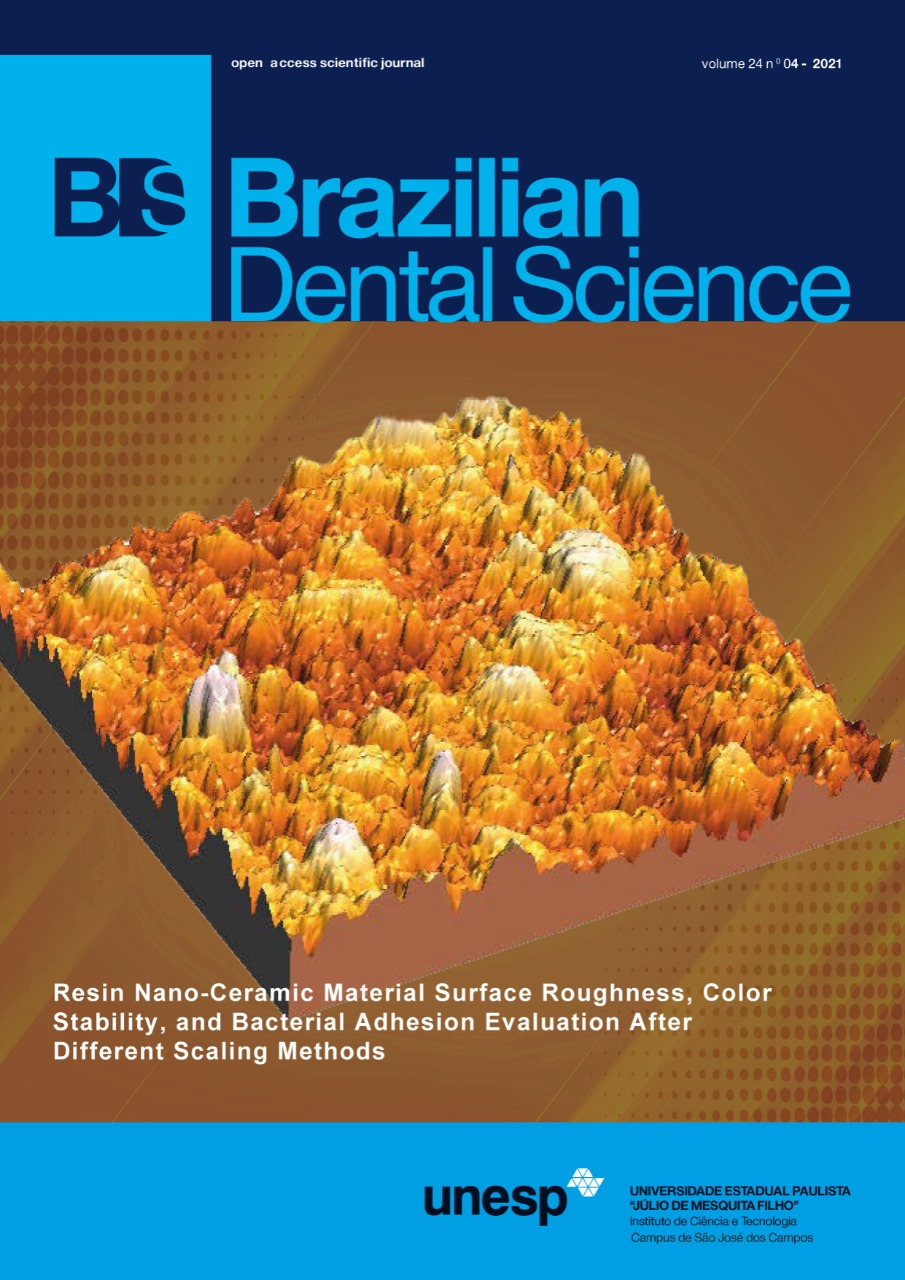Risk factors of complications subsequent third molar extractions: A prospective cohort study
Risk factors of complications subsequent third molar extractions
DOI:
https://doi.org/10.14295/bds.2021.v24i4.2759Abstract
Objective: The aim of this study was to determine the complications that were associated with the surgical removal of third molars (M3s), and to assess the association of patient, anatomic, and surgical risk factors with the postoperative complications of surgically removed impacted M3s. Material and Methods: This study was a cohort prospective study conducted on patients, aged 17 and older, admitted to the oral and maxillofacial surgery clinic. All patients who needed 1 or more extractions were included and totalled 268 patients with 314 extracted teeth. Risk factors were divided into patient factors, anatomic factors and surgical factors. The postoperative complication variables mainly included: pain, alveolar osteitis, infection, bleeding, swelling, trismus. Statistical analysis used: Chi-square test was used for the bivariate analyses while Pearson correlation coefficient (1- tailed) test was used for the purpose of determining the association between the study variables. The significance of associations was considered statistically significant at P < 0.05. Results: Patients aged of 25 years and above experienced more complications, 39 (88.6%). With respect to gender, females experienced more complications, 29 (65.9%). Mandibular M3s had more complications than maxillary M3s, 34 (8.0%), followed by distoangular inclined M3s, 23 (52.3%), and last was full bony impaction, 13 (29.5%). Pain was the most frequent complication, 18 (40.9%), followed by alveolar osteitis 12 (27.3%). Conclusion: The results indicated that the most frequently complications were pain, infection, alveolar osteitis. These complications were associated with common risk factors such as age, gender, medical history, M3 angulation, impaction level, bone removal, tooth sectioning, and number of M3 removed per session.
Keywords
Complications; Surgical extraction; Third molar.
Downloads
Downloads
Published
How to Cite
Issue
Section
License
Brazilian Dental Science uses the Creative Commons (CC-BY 4.0) license, thus preserving the integrity of articles in an open access environment. The journal allows the author to retain publishing rights without restrictions.
=================




























